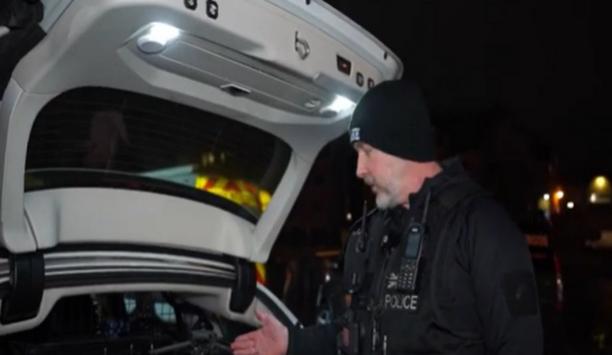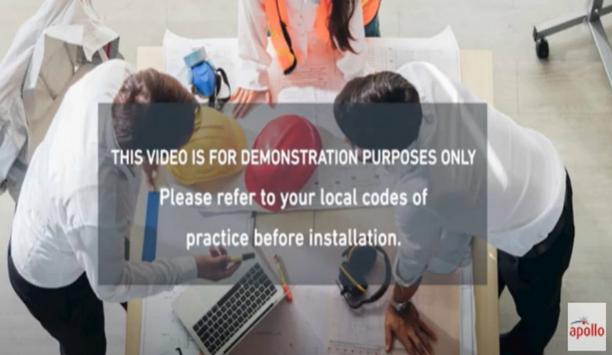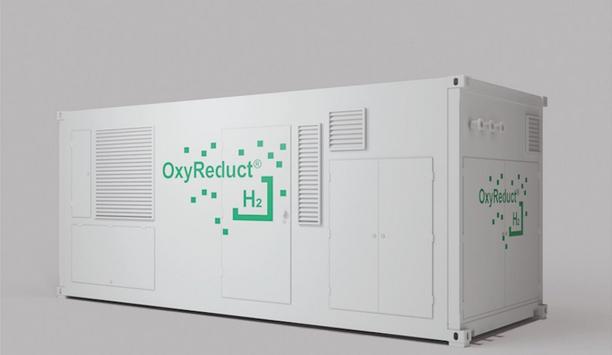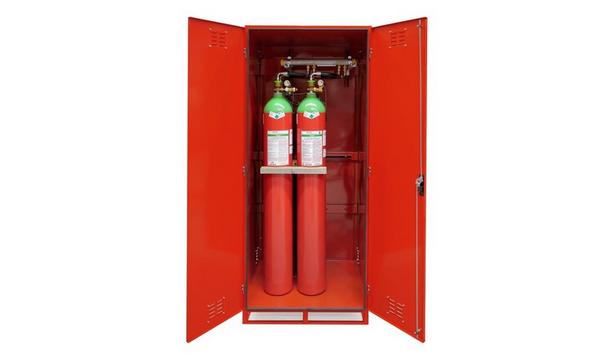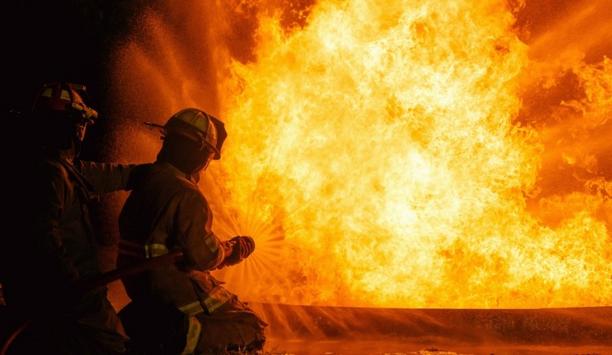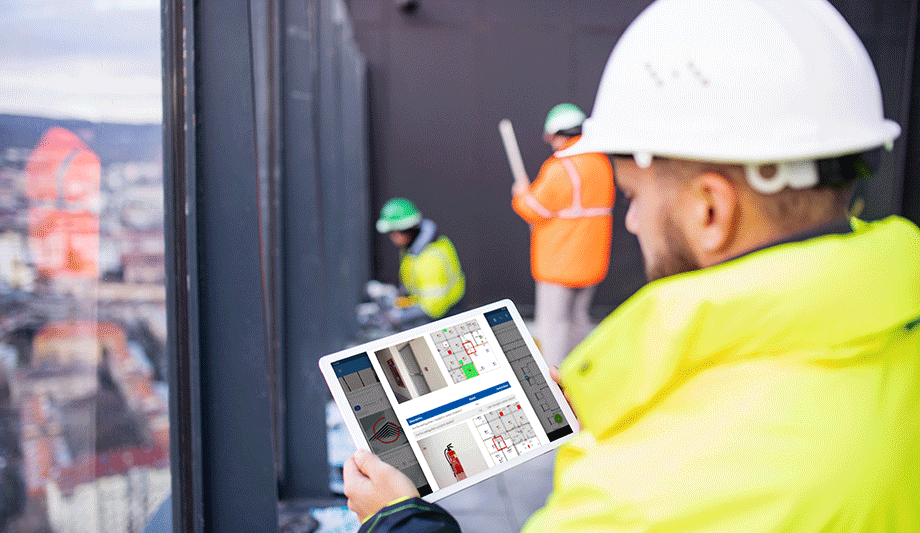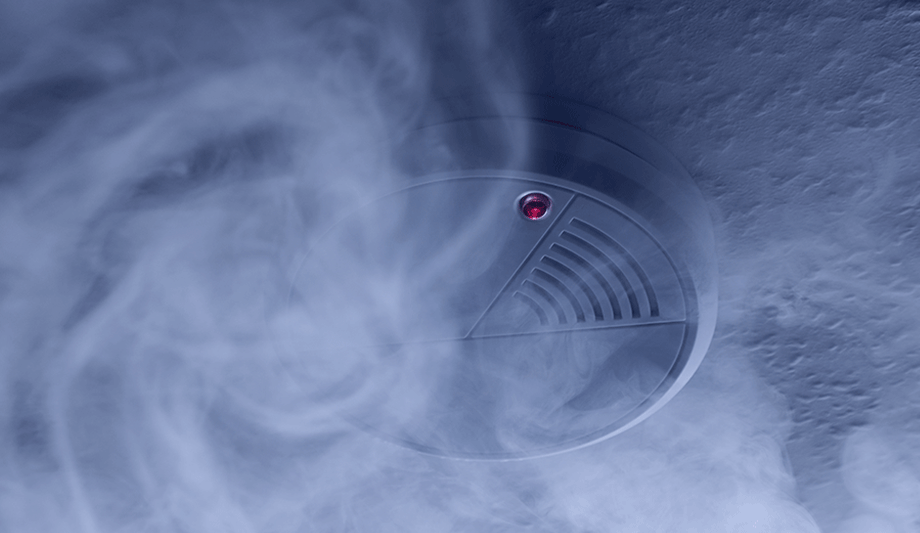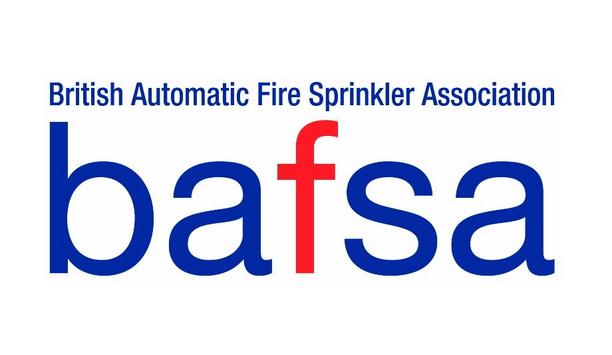Under, FCF abides by the regulations outlined in AS 3786, which lays down the requirements for the selection, installation, and maintenance of smoke alarms.
This standard ensures that Hervey Bay Smoke Alarms installed in Australian homes and commercial establishments meet rigorous criteria for reliability and effectiveness.
smoke alarm legislation
The smoke alarm legislation was introduced to improve fire safety in residential and commercial buildings. The legislation aims to ensure that all homes and buildings are equipped with interconnected photoelectric smoke alarms, which are more effective in detecting smoldering fires.
The legislation was introduced to reduce the risk of fire-related injuries and fatalities by providing early detection and warning in a fire. The new legislation requires all homes to install interconnected photoelectric smoke alarms in every bedroom, in hallways, and on every level by 1 Jan 2027.
What Are the Types of Smoke Alarms?
Photoelectric smoke detectors are commonly used in many Australian homes due to government legislation
The two types of smoke alarms are ionization alarms and photoelectric detectors. Photoelectric smoke detectors are commonly used in many Australian homes due to government legislation.
These detectors are effective in detecting smoldering fires, which can provide early warning and potentially save lives.
How Many Smoke Alarm Will I Need?
Users will need smoke alarms installed in each bedroom, in the hallway that connects the bedrooms and the rest of the dwelling, and on every level of the home.
The smoke alarms must also be interconnected so that when one alarm is activated, all alarms will sound. This is required by the current smoke alarm legislation in Australia.
Commercial Building Smoke Alarm
FCF ensures that the smoke alarms are installed correctly and comply with the necessary standards
Under the Smoke Alarms Act, every leased, renovated, and new commercial building should have operational smoke alarms. Each state in Australia is advancing legislation to save lives. For the latest and upcoming legislation regarding smoke alarms in commercial buildings, users can contact FCF Fire & Electrical for expert advice and assistance.
FCF Fire & Electrical offers professional smoke alarm installation services for commercial buildings. The technicians are licensed and experienced in installing smoke alarms to meet the specific requirements of the latest Australian legislation. FCF ensures that the smoke alarms are installed correctly and comply with the necessary standards.
Smoke Alarm Testing
To test a smoke alarm, simply press the test button on the alarm. Avoid using a broom or any other tool that could cause damage. In some commercial models, a magnet can be used to trigger the alarm activation.
Regular testing is crucial to ensure that the smoke alarm is functioning properly and providing adequate fire safety protection. Recognizing a faulty smoke alarm is crucial for maintaining home safety. Here are some telltale signs to look out for:
- False Alarms: If the smoke alarm frequently goes off without any smoke or fire present, it could indicate a malfunction. Check for dust or debris that may be triggering false alarms, and if the issue persists, consider replacing the unit.
- Weak or Inconsistent Sound: A smoke alarm with a weak or inconsistent sound may indicate a dying battery or a malfunctioning unit. Test the alarm regularly and replace the batteries annually to ensure optimal performance.
- No Response to Testing: If the smoke alarm doesn't sound when the user presses the test button, it may be faulty. Try replacing the batteries first, and if that doesn't solve the issue, it's time to replace the alarm itself.
- Visible Damage: Inspect the smoke alarm for any visible signs of damage, such as cracks, discoloration, or loose wiring. Physical damage can compromise the effectiveness of the alarm and should be addressed promptly.
- Age of the Alarm: Smoke alarms have a limited lifespan and should be replaced every ten years, even if they appear to be functioning correctly. Check the manufacturing date on the back of the alarm to determine its age and replace it accordingly.
- Malfunction Indicator Light: Some smoke alarms are equipped with a malfunction indicator light that flashes to signal a problem. Refer to the manufacturer's instructions to interpret the meaning of the indicator light and take appropriate action.
- Interconnected Alarms: If users have interconnected smoke alarms in the home and one unit malfunctions, it may trigger false alarms in other units. Investigate the source of the issue and replace any faulty alarms to restore proper functionality.
- Professional Inspection: If the user suspects that the smoke alarm is faulty but can't identify the problem, consider hiring a qualified technician to inspect the unit. A professional can diagnose the issue and recommend the necessary repairs or replacements.
Regular replacement
Smoke alarms are designed to last for around 10 years, and after this time, they may become less effective
People need to replace their smoke alarms because they have a limited lifespan. Smoke alarms are designed to last for around 10 years, and after this time, they may become less effective at detecting smoke and fire.
Regular replacement ensures that the property is protected by functioning, up-to-date smoke alarms.
Choosing a Qualified Installer
While DIY installation may seem tempting, it's best to leave Hervey Bay Smoke Alarm installation to the professionals.
Qualified installers have the knowledge and expertise to ensure that alarms are installed correctly and in compliance with Australian standards. When selecting an installer, be sure to choose a reputable company with a track record of excellence in fire safety services.
Disposing of Damaged and Expired Smoke Alarm
FCF Fire Extinguisher Recycling facility provides comprehensive fire extinguisher recycling services
When disposing of damaged or expired smoke alarms, it's important to handle them with care. Firstly, the user should remove the batteries from the smoke alarm.
FCF Fire Extinguisher Recycling facility provides comprehensive fire extinguisher recycling services, including the collection, inspection, testing, refurbishment, and proper disposal or recycling of fire extinguishers. This facility is dedicated to reducing and completely removing fire extinguishers from landfills. If users have smoke alarms that need to be disposed of or recycled, FCF can assist users with the proper process.
smoke alarm installation and testing
Ensuring the safety of the home and loved ones on Hervey Bay starts with proper Hervey Bay smoke alarm installation and testing.
By understanding Australian standards, choosing the right type of alarm, following installation guidelines, and staying on top of maintenance, users can significantly reduce the risk of fire-related incidents in the Hervey Bay abode. Remember, when it comes to fire safety, there's no substitute for preparedness and vigilance.

